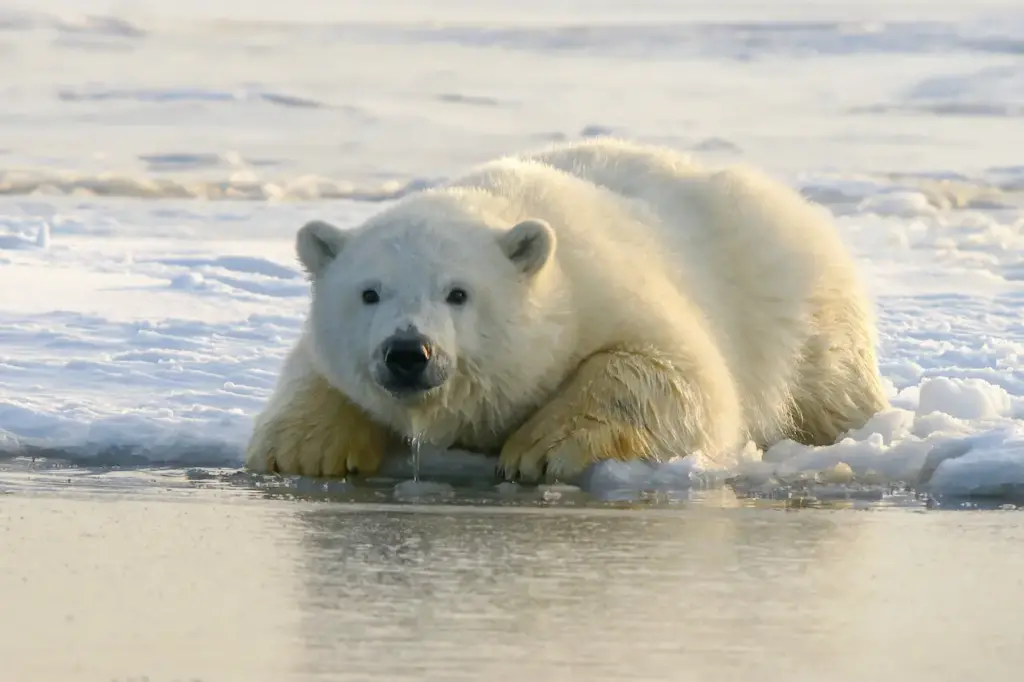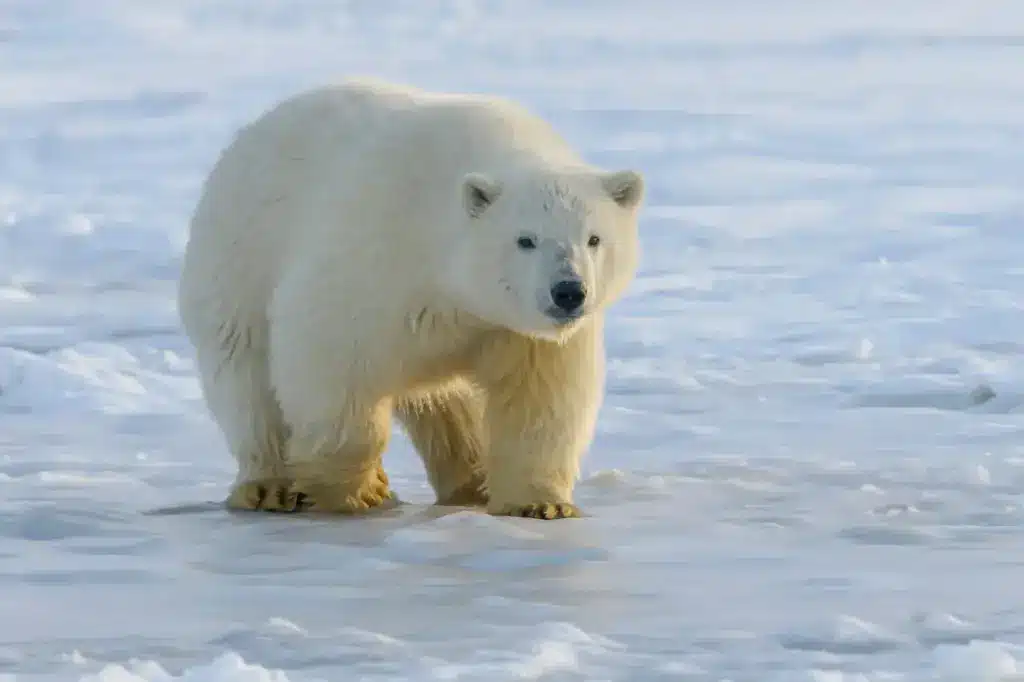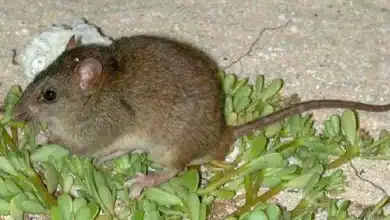Polar bears need relief from the loss of habitat they have experienced as the result of global climate change. In response, the federal government is proposing to protect more than 200,000 square miles of critical habitat for the beleaguered Arctic animals.

Feds Seek Huge Refuge For Polar Bears
Polar bears don’t mind swimming. In fact, they are as at home in the water as any other mammal. But they need to haul out and rest once in a while, and that’s where Arctic ice shelves and floating rafts of sea ice come in handy. In addition, since polar bears can’t hunt seals the way killer whales and great white sharks do—by beating them in a swimming race or ambushing them in the water—they need the ice as a hunting ground where they can stalk resting seals.
The International Union for the Conservation of Nature (IUCN) estimates that between 20,000 and 25,000 polar bears pad the polar ice and swim the frigid waters at the top of the world. Five circumpolar nations—the US, Russia, Canada, Norway and Greenland (Denmark)—and possibly Iceland, are home to populations of polar bears. In recent years, there have been alarming reports that hunger, caused by the loss of their sea-ice hunting grounds, has driven some polar bears to resort to cannibalism.
The US government says it wants to help the species, listed as “Threatened” under the US Endangered Species Act (ESA), by setting aside a huge refuge along Alaska’s Arctic coast. The refuge would include water, islands, and small peninsulas where the bears rest, hunt, breed and den. One of the results of a critical-habitat designation would be that oil and gas exploration companies and other industries would need to seek special permissions before operating in the area.

In making the proposal announcement, Tom Strickland, the US Interior Department’s assistant secretary for fish, wildlife and parks, said, “Proposing critical habitat for this iconic species is one step in the right direction to help this species stave off extinction, recognizing that the greatest threat to the polar bear is the melting of Arctic sea ice cause by climate change. As we move forward with a comprehensive energy and climate strategy, we will continue to work and protect the polar bear and its fragile environment.”
The critical-habitat designation faces formidable opposition because of the effects it might have on industries that wish to operate freely in the Alaskan Arctic. Opponents include Alaska Governor Sean Parnell, who is fighting to reverse the the polar bear’s 2008 ESA listing.
Prior to making its decision on the polar bear refuge, the Interior Department will accept public comments on the proposal until mid-December.



